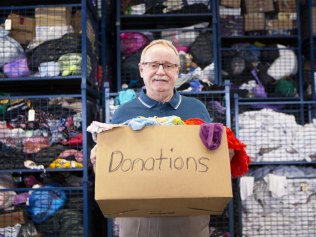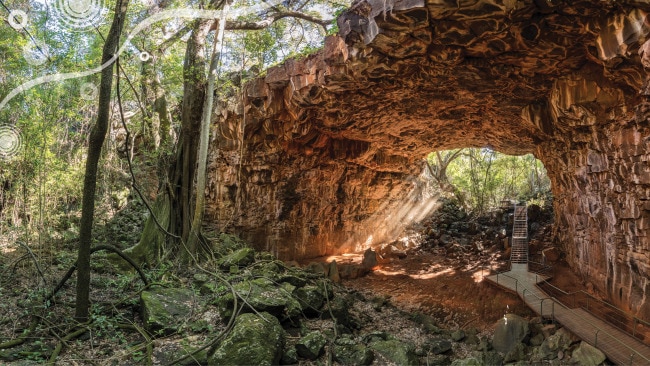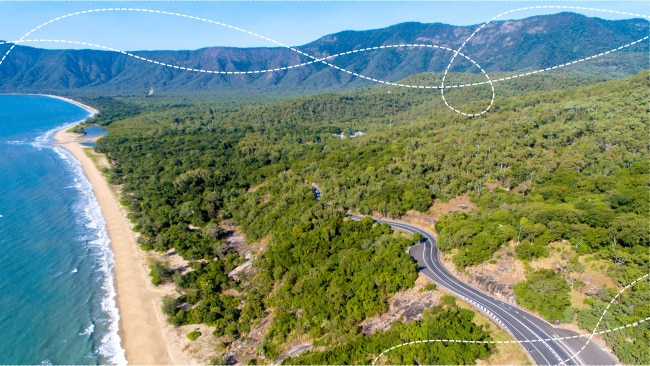Trash or treasure: Do you know the difference?
A tsunami of unusable donations is overwhelming Australian charity shops. Can a clever social marketing campaign change donor behaviours and solve the problem?

A tsunami of unusable donations is overwhelming Australian charity shops. Can a clever social marketing campaign change donor behaviours and solve the problem?
William Holmes
When it comes to charity stores and bins, would you consider yourself a champion donor?
Unlike the garden variety donor - who takes items to charity stores that may be of no use to anyone else - the champion donor considers what it is they're donating. They judge whether the item is in appropriate condition, and check all the parts are present and working.
While the champion donor is not contributing to the 60,000 tonnes of unusable product that overwhelms many of Australia's 2,500 charity shops each year, the same can't be said of the standard donor, who despite their best intentions may be unwittingly contributing to that pile of time-wasting, money-chewing "goods". And these donations place the shops, which are often run by volunteers on a tight budget, under enormous pressure.
Reducing the amount of unusable donations collected at these drop-off areas has been a long-term goal of the organisations that run op-shops, but measures such as surveillance and fines have not stopped the problem.
While about 40% of people are champion donors, around half of all donors don’t understand what goods can be used by charities. The remainder, about 10%, know that they are dumping junk, but don't care.
A project team headed by professor Sharyn Rundle-Thiele from Griffith Business School is testing social marketing approaches to changing donating behaviours, and charity donation areas could be in for a major overhaul as part of their three-year field trial aimed at improving the quality of goods handed over at drop-off points.
The team at Griffith has secured a $347,153 ARC Linkage Grant to run the project, which is described by Terry O’Neill, vice president of the peak body for charity shop organisations NACRO, as "the best thing to happen to the sector for a long time".
"We want the charities to be able to spend all of their money on delivering the service and less on sorting," says professor Rundle-Thiele. "If one-third of what's being given to them is unusable, that is a lot of expense going into getting that revenue stream in the first place. We could help change that."
Mr O’Neill, who is a member of the project team, said research shows people need more guidance.
"The existing approach to reducing illegal dumping, surveillance and fines, hasn’t worked," he said. "It hasn’t prevented large amounts of unusable goods being placed at donation bins. Overwhelmingly, what we have found there is a lack of understanding. People don’t know what’s good and what’s bad, or what goods are acceptable and what are not.”
The project team is undertaking three "postcode-level" trials in what is known as social marketing, which is a form of marketing that aims to change people's behaviour to benefit the whole of society.
"It allows us to test how much it costs, how effective it is, and how much waste is reduced; and then we can run the cost estimates across the three different [trials] to see what's worked and what hasn't, and the best way to roll it out nationally," says professor Rundle-Thiele.
One postcode, she said, is to receive advertising via outlets such as a billboard, social media or cinema advertising. "It's a very direct education campaign to give people the information they need so they can donate the goods that are usable."
The second postcode will see donation bins replaced by workers in the busy period after Christmas and New Year. "We're going to talk to people who are donating and make sure we can help," says professor Rundle-Thiele. "It literally allows the human sorting at the point of donation to ensure [unusable goods] never end up with the charities in the first place." She says this trial will be more expensive than the others, "but will definitely deliver".
The final trial is in the throes of being designed, but will involve employing technology at the point of donation. It will use clear signage on the bins to explain exactly what can and can't be donated, and may have a mechanism that only allows one item at a time to be donated into the bin.
With this trial professor Rundle-Thiele wants to answer the question: "Can we use technology at the bins to create support that will modify behaviours? It's going to be harder to pull off, but can we, through the way the bins are set up, actually achieve that?"
The Champion Donor
- Considers whether they could give the item to family or friends. If not, then doesn't donate.
- Makes the effort to drop off goods after thorough and thoughtful sorting.
- Considers the quality of the goods and asks: is it good enough to use, and is it of use to anyone?
- Encourages others to donate.
- Donates to non-profit bins, where the items go directly to the shop.
Originally published as Trash or treasure: Do you know the difference?



